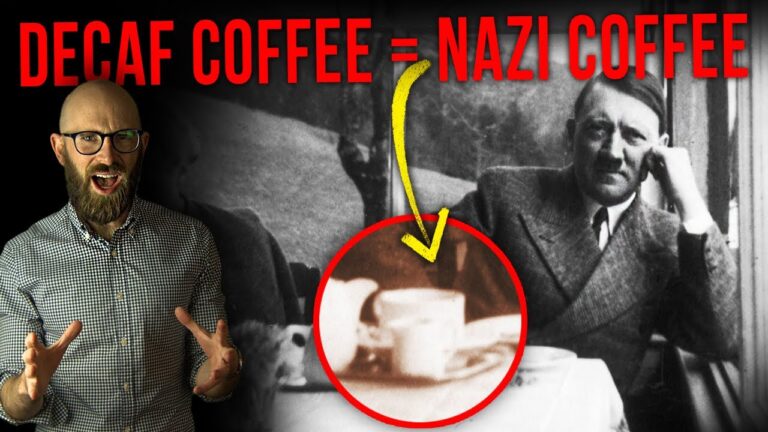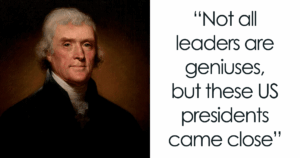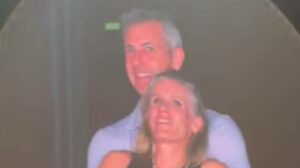“Unveiling the Secrets: How Your Favorite Drinks Lose Their Kick Without Losing Flavor!”
Meanwhile, across the Atlantic, the development of de-alcoholized beer was largely spurred by the passing of the 1919 Volstead Act, which made the sale and consumption of “intoxicating liquors for beverage purposes” illegal in the United States. The Act defined “intoxicating liquors for beverage purposes” as those containing more than 0.5% alcohol by content – a cutoff which rankled alcohol producers. 0.5%, they complained, was less than the alcohol content of sauerkraut and not based on any scientific data on intoxication. In reality, legislators had simply borrowed this figure from the Internal Revenue Service, which used it to distinguish taxable beverages from non-taxable ones. Yet despite mass protests by alcohol producers and labour organizations – including a 20,000-man march down New York’s Fifth Avenue on July 4, 1919 – the Government held firm, and in the face of Prohibition breweries, wineries, and distilleries were forced to take creative measures in order to stay in business. Many major breweries, including Schlitz, Anheuser-Busch, Pabst, and Miller responded by producing “near beers” or “malt beverages” like Bevo, Pablo, Vivo, and Famo, which were regular beer which had been boiled to bring the alcohol content below the 0.5% limit. Amusingly, near beer was often surreptitiously delivered to customers with a separate package containing the alcohol which had been boiled off, which could be re-inserted into the beer using a syringe to create so-called “needle beer.” Yet while near beer was likely better than nothing for thirsty Americans, the flavour that resulted from the de-alcoholization process left much to be desired, leading one dissatisfied customer to quip: “Whoever called it near beer was a poor judge of distance!”











